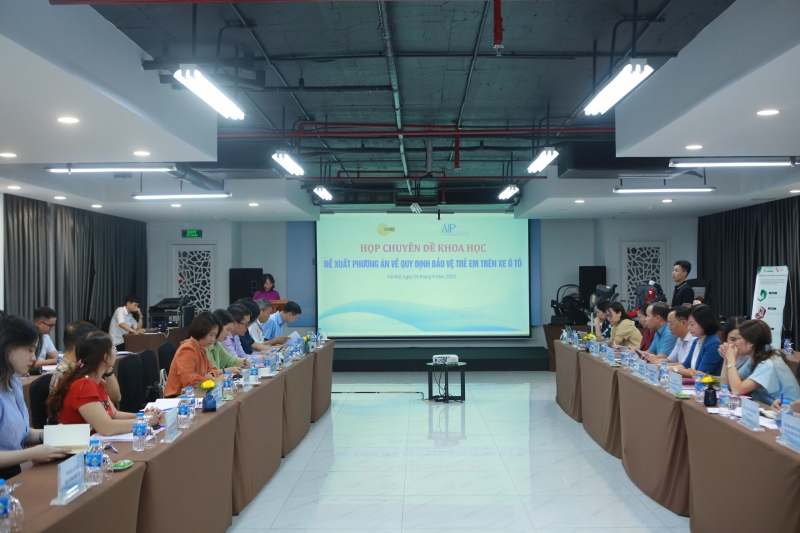
Delegates attending the workshop.
On September 26, in Hanoi, a workshop on "Proposing measures on regulations to protect children in cars" was held by the National Traffic Safety Committee in coordination with the Center for Health Consultation and Community Development (CHD) and the Asia Injury Foundation (AIP Foundation).
Children often sit in the front seat without safety equipment
Speaking at the workshop, Mr. Tran Huu Minh, Chief of Office of the National Traffic Safety Committee, said that the country currently has over 1,800km of expressways with many sections running at speeds of up to 120km/h, and many national highways have been upgraded to run at 80-90km/h.
“In the context of more cars, more highways, and good national roads, besides the positive aspects, in terms of safety, some issues have emerged, including the protection of children when there is no safety equipment in cars. In fact, seat belts for adults in cars are not effective for children,” Mr. Minh informed.
Associate Professor, Dr. Pham Viet Cuong, Center for Policy Research and Injury Prevention, University of Public Health, said that the rapid increase in car ownership in Vietnam is increasing, in which the number of children being taken to school by their parents in cars is also increasing.
A survey of 472 children aged 9-15 found that before the Covid-19 pandemic, 9% of children went to school by car, and after Covid-19, it increased to 11%. Meanwhile, the trend is for young families to choose to live outside the city and travel long distances.
According to Associate Professor, Dr. Pham Viet Cuong, the situation of children sitting in the front seat of cars is quite common today. A study by the Center conducted from 2021 to present shows that up to 22.8% of cars have children sitting in the front seat alone, 19.2% of cars have children sitting in the front seat with adults.
However, the habit of using safety devices for children is still low. Specifically, statistics nationwide show that only 1.3% of cars use safety devices for children, of which 2.6% of cars in Hanoi use safety devices, in Ho Chi Minh City 1.1% of cars are equipped with devices and in Da Nang this rate is only 0.0%.
This is very dangerous in case of an accident. Specifically, on February 24, 2021, a 7-seat car crashed head-on into a concrete railing while going downhill. The accident seriously injured 4 family members in the car. Although he was taken to Lam Dong II Hospital (Bao Loc City) for emergency treatment immediately afterwards, due to severe injuries, LTH (7 years old) died on the road.
Another tragic accident occurred recently on July 14, a car traveling from Nam Dinh City to Hop Hung Commune collided with a truck at the intersection of Dai An and Hop Hung Commune. There were 4 people in the car (including 2 women and 2 little girls). Initial verification revealed that the 2 little girls were the children of the female driver. The strong collision killed the driver and 1 little girl.
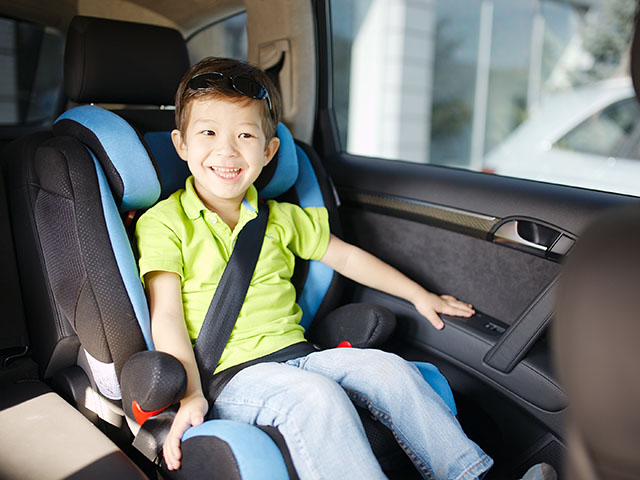
Need to legalize regulations on safety equipment for children when sitting in cars (Illustration photo)
Forgetting the 4-12 age group
In Article 9, Clause 3, the Draft Law on Road Traffic Safety and Order (August 2023) proposed that "children under 4 years old must be transported by child safety equipment in cars".
According to experts, this proposal is a big step forward compared to the present and is very correct, but only protects children from 0-4 years old.
Dr. Pham Viet Cuong also emphasized that children should not sit in the front seat because this is the position that bears more impact force in the event of a collision. They can easily be thrown out of the car in cases where they do not wear a seat belt and are impacted by the airbag.
While children sitting in the front seat are often curious, hyperactive… causing more distraction for the driver. Even the front seat does not have a child safety device installed in the car design. Children under 12 years old and under 1m5 tall are not allowed to sit in the front seat.
Associate Professor, Dr. Pham Viet Cuong said that this means that children aged 4-12 are not best protected when participating in traffic by car according to this draft.
From the perspective of child protection, based on the weight and height of Vietnamese children from 1 to 12 years old according to WHO standards, Vietnam can completely apply WHO's recommendations on safety equipment for children in cars, using the main criterion of height under 1m35.
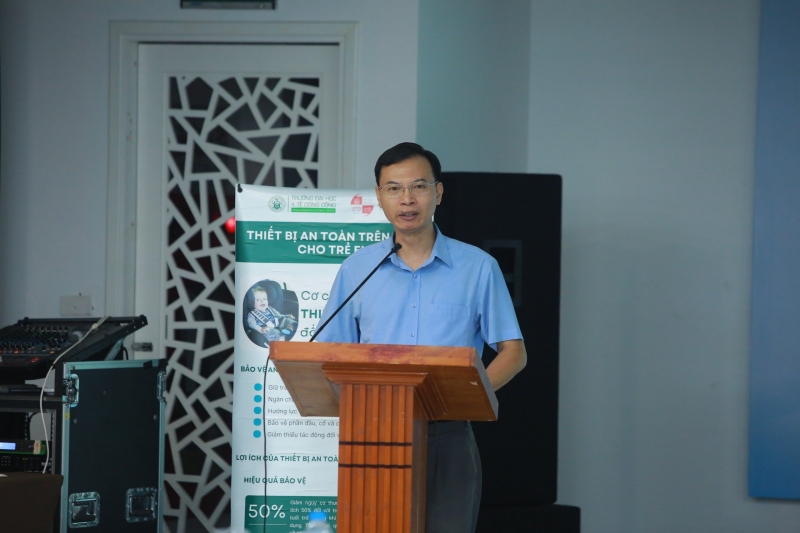
Assoc. Prof. Dr. Pham Viet Cuong
Associate Professor Dr. Pham Viet Cuong recommends that children under 1.35m tall and under 12 years old must be transported in private cars using child safety equipment. Children under 1.35m tall and under 12 years old must not sit in the driver's seat. Private car drivers are responsible for ensuring compliance with these rules.
In addition, Ms. Tran Xuan Hang, Department of Legal Affairs, Ministry of Health, said that it is necessary to supplement regulations related to safety equipment for children in cars when participating in traffic.
Accordingly, in addition to Dr. Cuong’s recommendations, Ms. Hang also recommended that private cars must have common designs to install and use safety devices for children. Children under 4 years old must be transported in seats designed for children.
Similarly, the CHD representative also recommended that the penalty level in the decree should be supplemented with a fine of at least VND 4,000,000 - 6,000,000 for the act of not using appropriate safety equipment when transporting children in a private car to ensure the penalty level is 2-3 times higher than compliance.
At the workshop, scientists said that this regulation is technically feasible and needs to develop a roadmap for each specific stage, and propaganda and mobilization are needed to change the awareness of people, the community and society.
Source link


![[Photo] Prime Minister Pham Minh Chinh starts construction of vital highway through Thai Binh and Nam Dinh](https://vphoto.vietnam.vn/thumb/1200x675/vietnam/resource/IMAGE/2025/5/12/52d98584ccea4c8dbf7c7f7484433af5)
![[Photo] Prime Minister Pham Minh Chinh receives Swedish Minister of International Development Cooperation and Foreign Trade](https://vphoto.vietnam.vn/thumb/1200x675/vietnam/resource/IMAGE/2025/5/12/ae50d0bb57584fd1bbe1cd77d9ad6d97)



![[Photo] Prime Minister Pham Minh Chinh works with the Standing Committee of Thai Binh Provincial Party Committee](https://vphoto.vietnam.vn/thumb/1200x675/vietnam/resource/IMAGE/2025/5/12/f514ab990c544e05a446f77bba59c7d1)












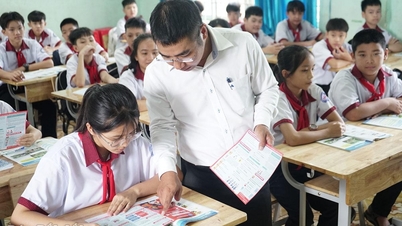
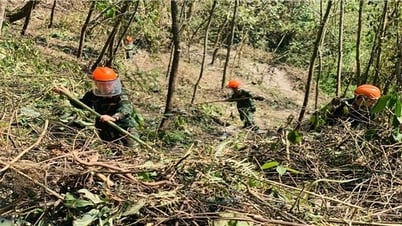

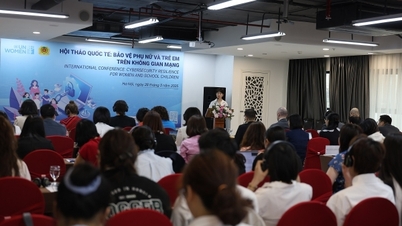





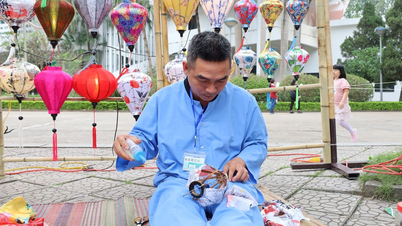
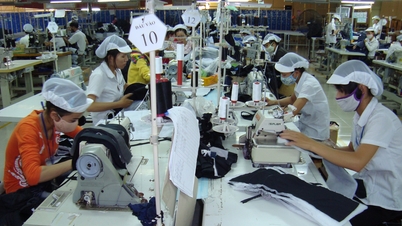

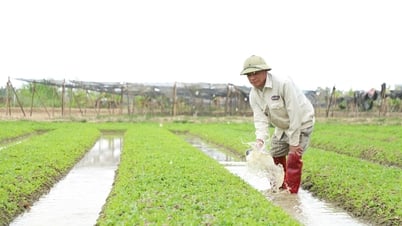



















































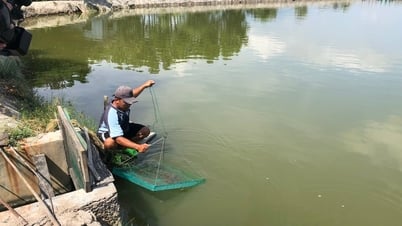

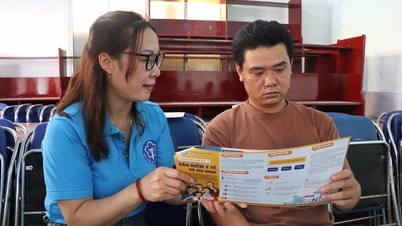
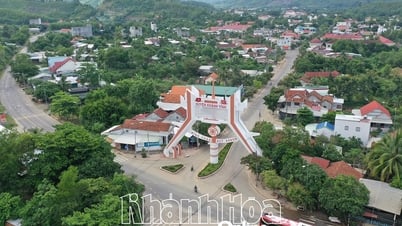











Comment (0)